For any entrepreneur dealing with physical products – whether you run an e-commerce store, a pop-up shop, or even a small craft business – efficient inventory management is absolutely critical. One key concept in this realm is backstock. Understanding and effectively managing your backstock can be the difference between maximizing profits and tying up valuable capital.
This guide will demystify backstock. We’ll define it, explain its importance to your operations, and provide actionable best practices. Get ready to optimize your inventory, reduce waste, and keep your business running smoothly.
Definition and Importance
Backstock refers to the inventory of products that a business holds in reserve, typically stored in a warehouse, storeroom, or designated area, away from the main sales floor or immediate picking location. It’s the “behind-the-scenes” supply that supports your active, ready-to-sell inventory.
Here’s why backstock is important:
- Ensuring Availability: Backstock ensures you can replenish your active selling inventory quickly. This prevents stockouts, which can lead to lost sales and disappointed customers.
- Meeting Demand Fluctuations: It acts as a buffer against unexpected surges in demand or delays in supplier shipments. Without adequate backstock, a sudden rush could leave you unable to fulfill orders.
- Optimizing Space: By keeping only a necessary amount of product on your main selling floor, or in your immediate fulfillment area, you optimize space and maintain a tidy, efficient operation.
- Cost Efficiency: Purchasing in larger quantities to build backstock can often lead to better pricing from suppliers. However, too much backstock can tie up capital and incur storage costs.There is a balance.
Preparation for Peak Seasons: Businesses often build up backstock in anticipation of peak sales periods like holidays or seasonal events, ensuring they’re ready for increased customer activity.
Real-World Side Hustle Example
Imagine Liam, who runs a popular online store selling unique, handmade candles. He keeps a small number of each candle scent displayed on his website as “in stock” for immediate purchase. However, in his spare room, he has boxes of pre-made candles and raw materials (wax, wicks, scents) ready to be turned into more candles. This reserve supply is his backstock.
When a particular candle scent sells out online, Liam doesn’t have to wait for a new order from a supplier or spend hours making a new batch from scratch. Instead, he simply pulls a new candle from his backstock, updates his online inventory count, and prepares it for shipping. This efficient use of backstock allows him to fulfill orders quickly, maintain customer satisfaction, and keep his production flowing smoothly without interruptions.
Backstock Best Practices
Managing backstock effectively is a delicate balance. Too much ties up cash; too little risks lost sales. Implement these strategies to find your sweet spot.
- Accurate Inventory Tracking: Implement a robust system to track every item. Know exactly what you have in backstock, what’s on your sales floor, and what’s on order. This prevents over-ordering or running out.
- Set Reorder Points: For each product, establish a reorder point. This is the minimum quantity that triggers a new order from your supplier. It ensures you replenish backstock before it’s depleted.
- Regular Audits: Periodically count your physical backstock and compare it to your digital records. This helps identify discrepancies, prevent shrinkage, and ensure accuracy.
- First-In, First-Out (FIFO): For perishable goods or items with evolving trends, use a FIFO system. Sell older backstock first to minimize spoilage or obsolescence.
- Optimize Storage Space: Organize your backstock logically. Use shelving, clear labeling, and a system that allows for easy retrieval. An organized space saves time and reduces errors.
Analyze Sales Data: Use your sales history to predict future demand. This data-driven approach helps you determine appropriate backstock levels, avoiding both overstocking and understocking.
Quick Case Study
Sarah’s online boutique, “Trend Threads,” initially struggled with inventory. She either had too many slow-moving items gathering dust (tying up cash) or ran out of popular items too quickly (losing sales). Her backstock was unorganized and inefficient.
Sarah decided to overhaul her system:
- She invested in simple inventory management software.
- She set reorder points for her top 20 best-selling items based on their average weekly sales.
- She implemented a weekly backstock audit, comparing physical counts to her software.
- She reorganized her small storage area with clear bins and labels.
Tools and Resources
Efficient backstock management is significantly easier with the right tools.
Inventory Management Software:
Shopify (with built-in inventory): Excellent for e-commerce, offering robust inventory tracking integrated with sales.
Square for Retail: Good for businesses with both online and physical sales, providing unified inventory.
Zoho Inventory: Comprehensive solution for managing stock, orders, and warehouses.
TradeGecko (now QuickBooks Commerce): Advanced features for growing businesses with complex inventory needs.
Spreadsheets (for beginners): For very small operations, a well-organized Google Sheet or Excel spreadsheet can serve as a basic inventory tracker.
Barcode Scanners: Can be integrated with inventory software to speed up counting and tracking.
Your Next Step: Optimize Your Inventory
Understanding and actively managing your backstock is a critical step for any hustler dealing with physical products. It’s about ensuring you have what you need, when you need it, without tying up unnecessary capital.
Ready for more essential insights to fuel your entrepreneurial journey? Don’t miss out on crucial tips and strategies for mastering your operations. Follow our Hustlers Library newsletter today to stay ahead of the curve!







